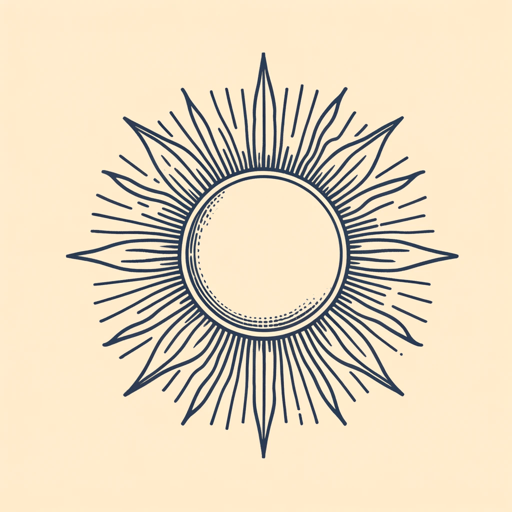53 pages • 1 hour read
Mary Crow DogLakota Woman
Nonfiction | Autobiography / Memoir | Adult | Published in 1990A modern alternative to SparkNotes and CliffsNotes, SuperSummary offers high-quality Study Guides with detailed chapter summaries and analysis of major themes, characters, and more.
Themes
“Half-blood” vs. “Full-blood”
Crow Dog writes that “[t]he general rule is that whoever thinks, sings, acts, and speaks Indian is a skin, a full-blood, and whoever acts and thinks like a white man is a half-blood or breed” (49). Iyeskas, or half-bloods, sell their land to white developers; they are “necktie-wearers” who wait “for the Great White Father to do for them” (79). Growing up, Crow Dog, whose father is white, is simultaneously teased by full-bloods for being an iyeska and discriminated against by white people. Furthermore, her grandmother forbids her to learn the Sioux language and raises her as a Catholic. However, like the children who return from boarding school dressed in white people’s clothes—“caricatures of white people” (30) who fit in with neither Native Americans nor white people—Crow Dog feels lost and without identity. After running away from home, she aimlessly wanders with a group of Native American kids, seeking meaning and messages through drugs and alcohol. It’s only when she joins the American Indian Movement that she finds a sense of purpose, and it’s at this point that she seeks out her full-blood relatives to help her reconnect with her heritage. Still, when she marries Leonard, she struggles to live up to the standards of their full-blood family.

